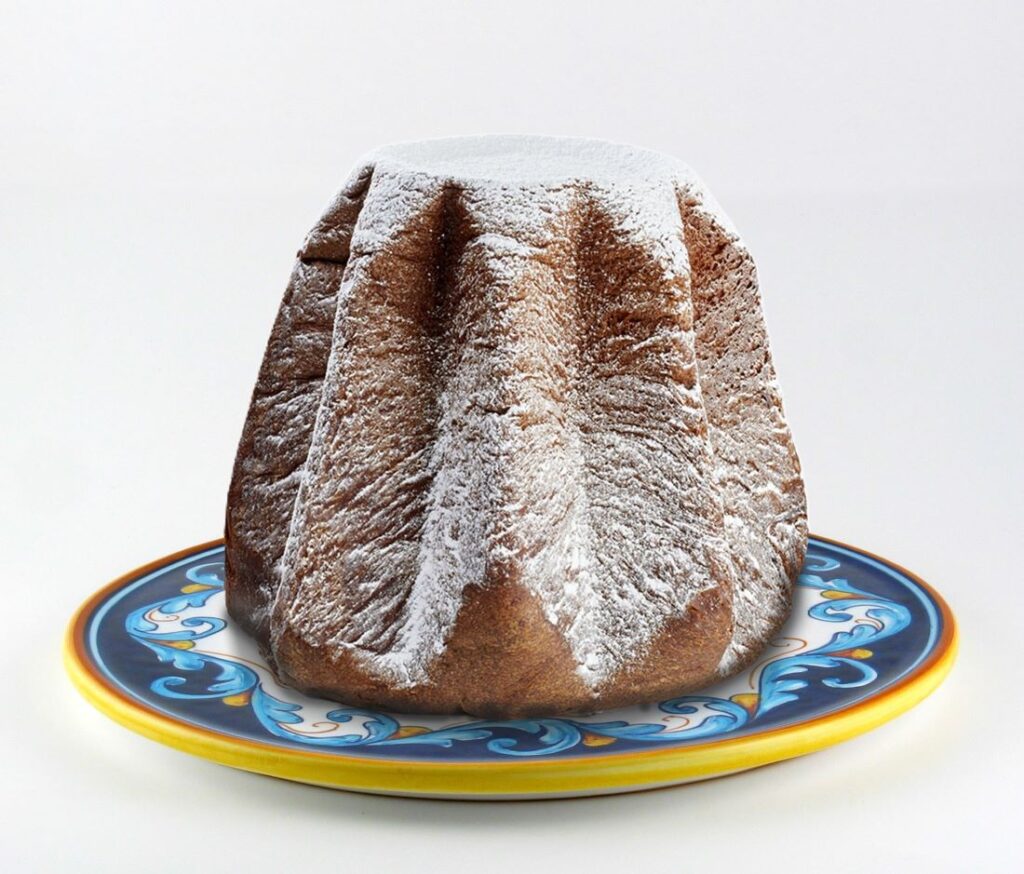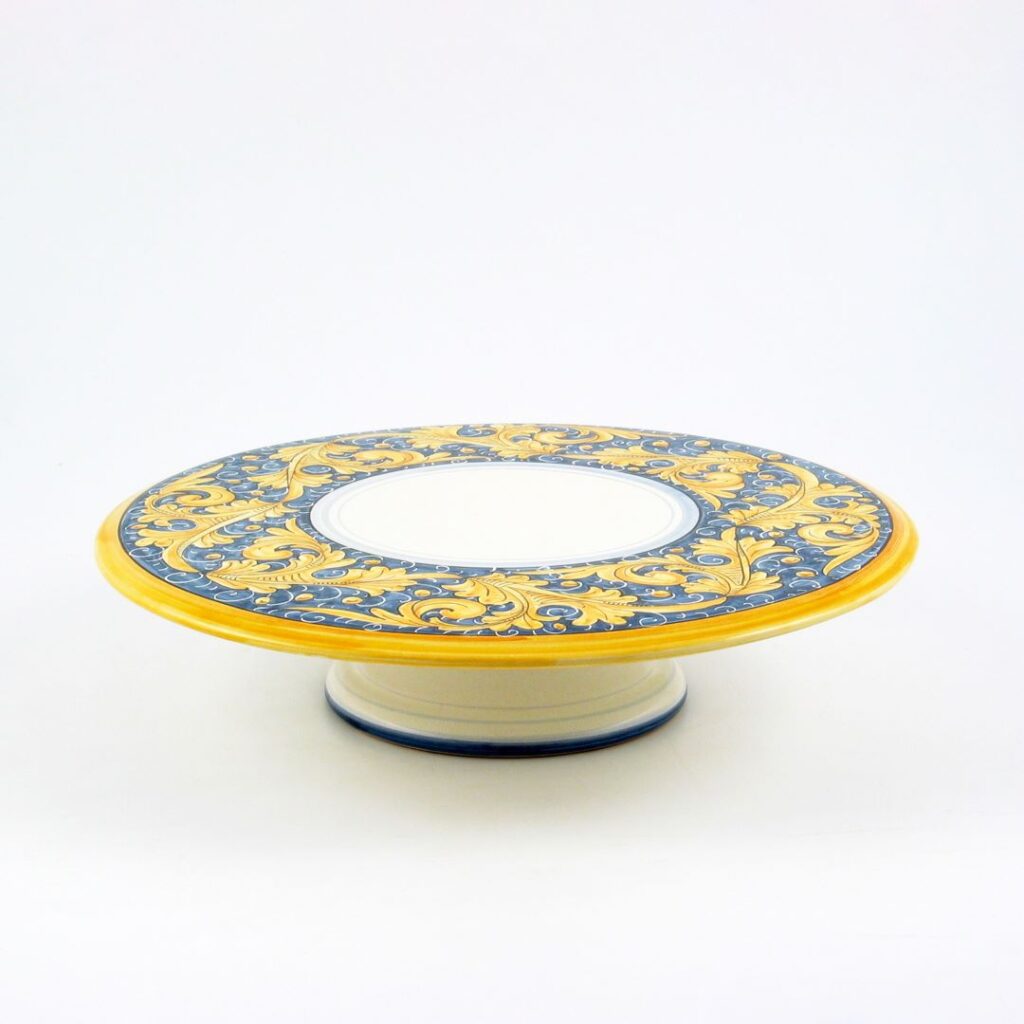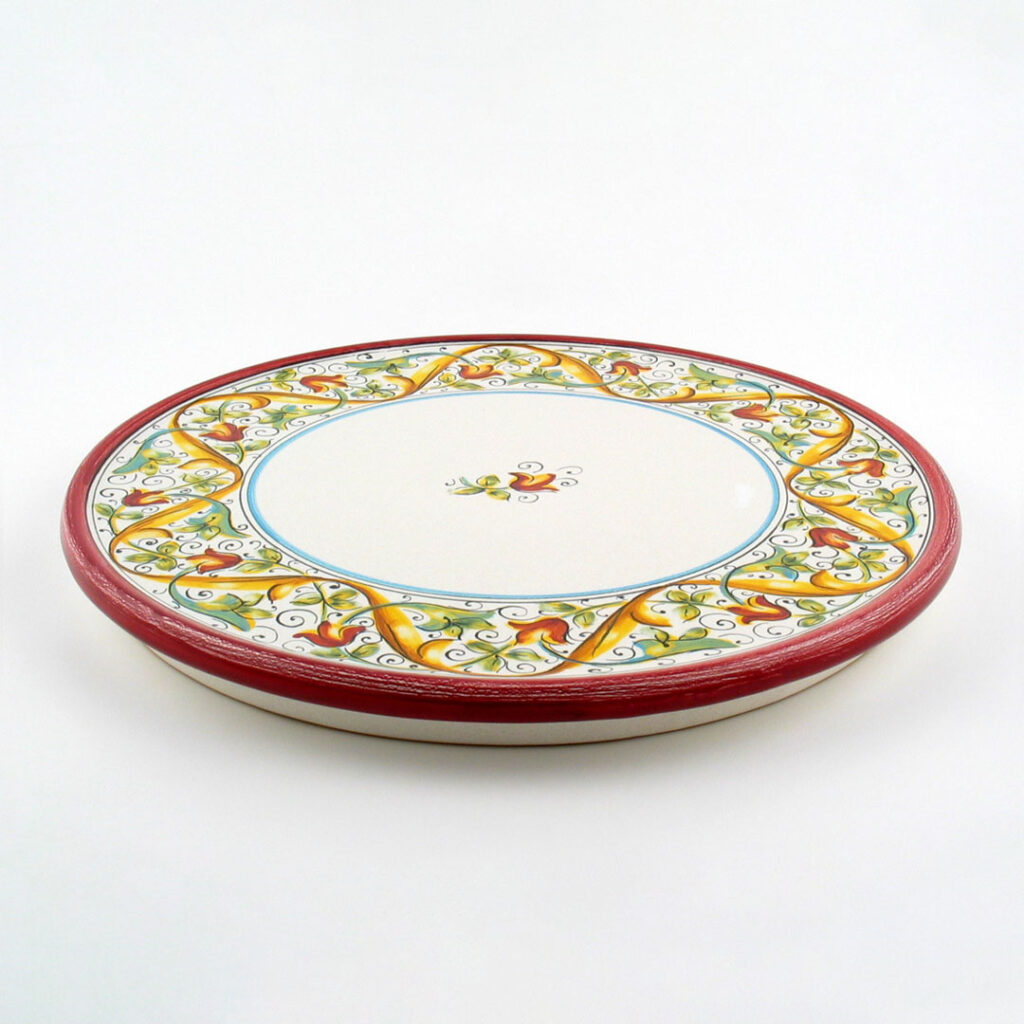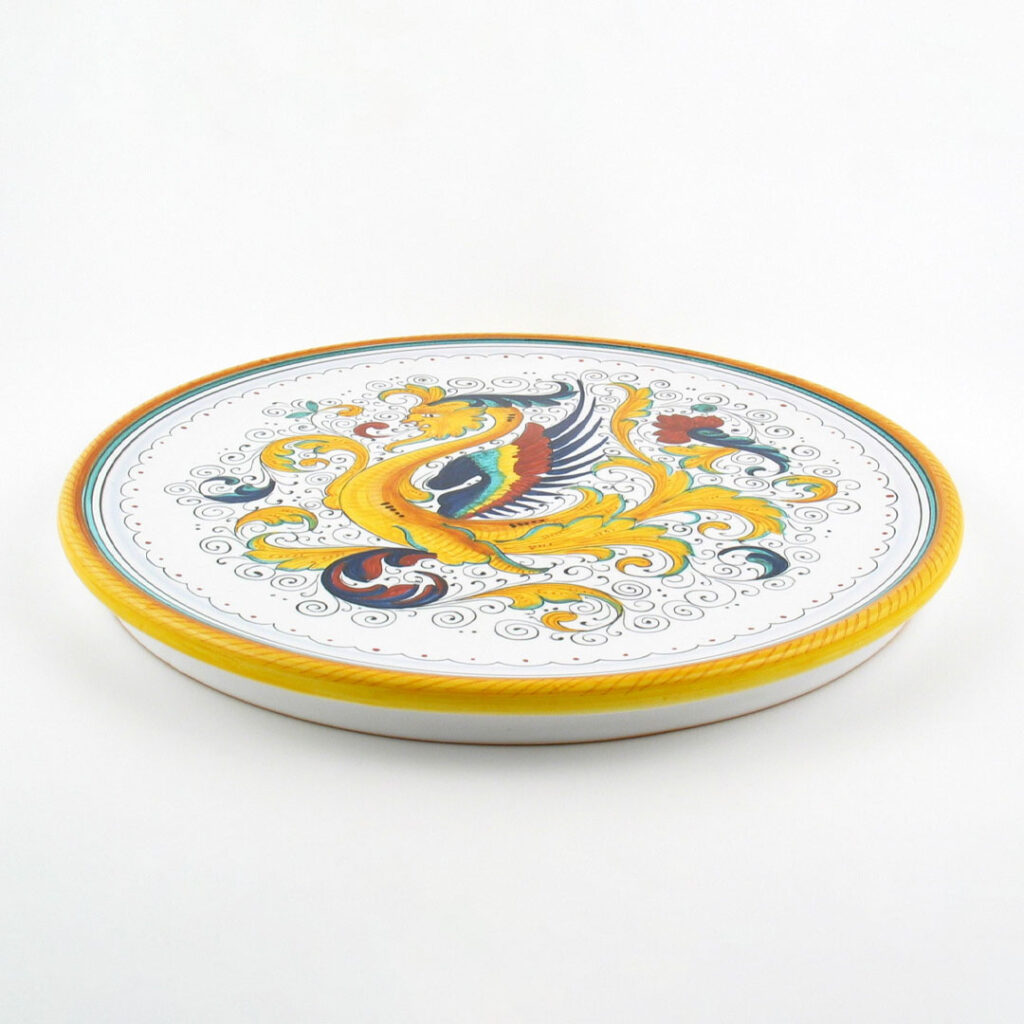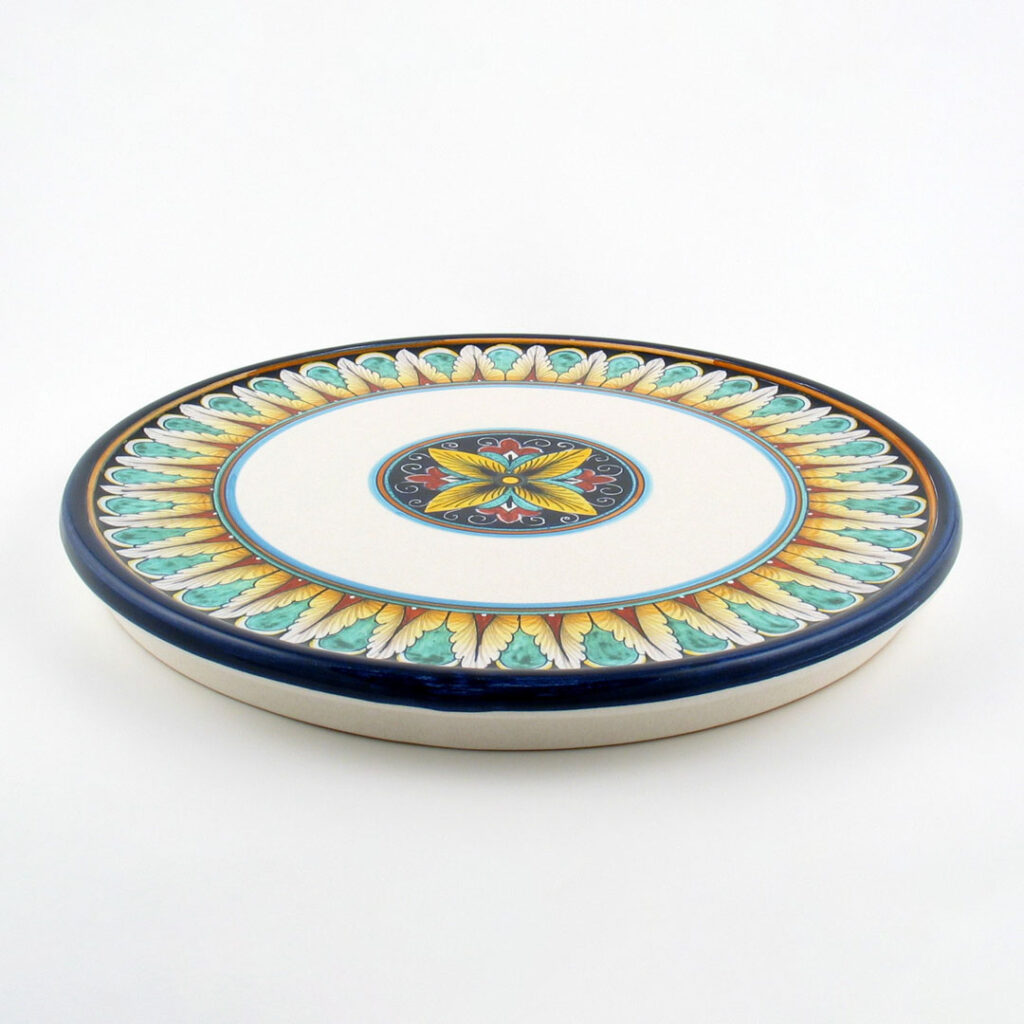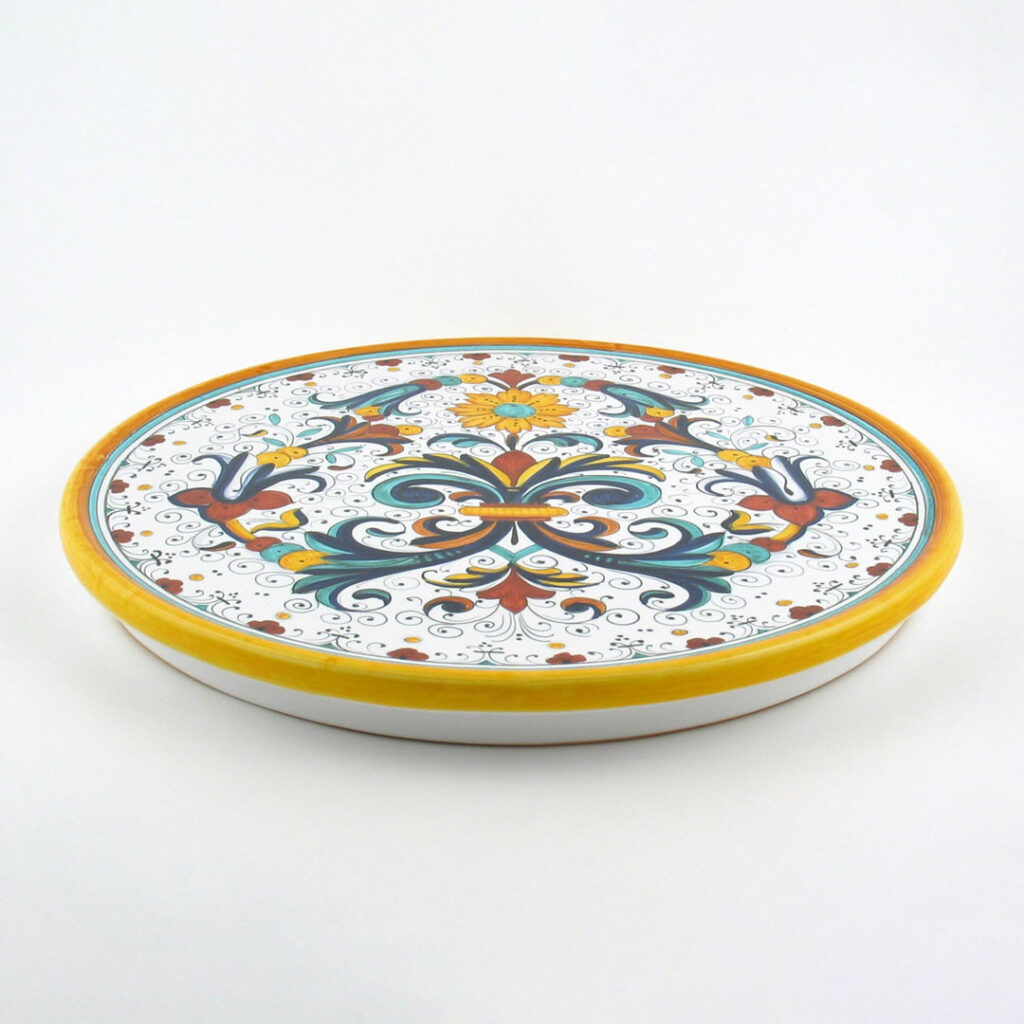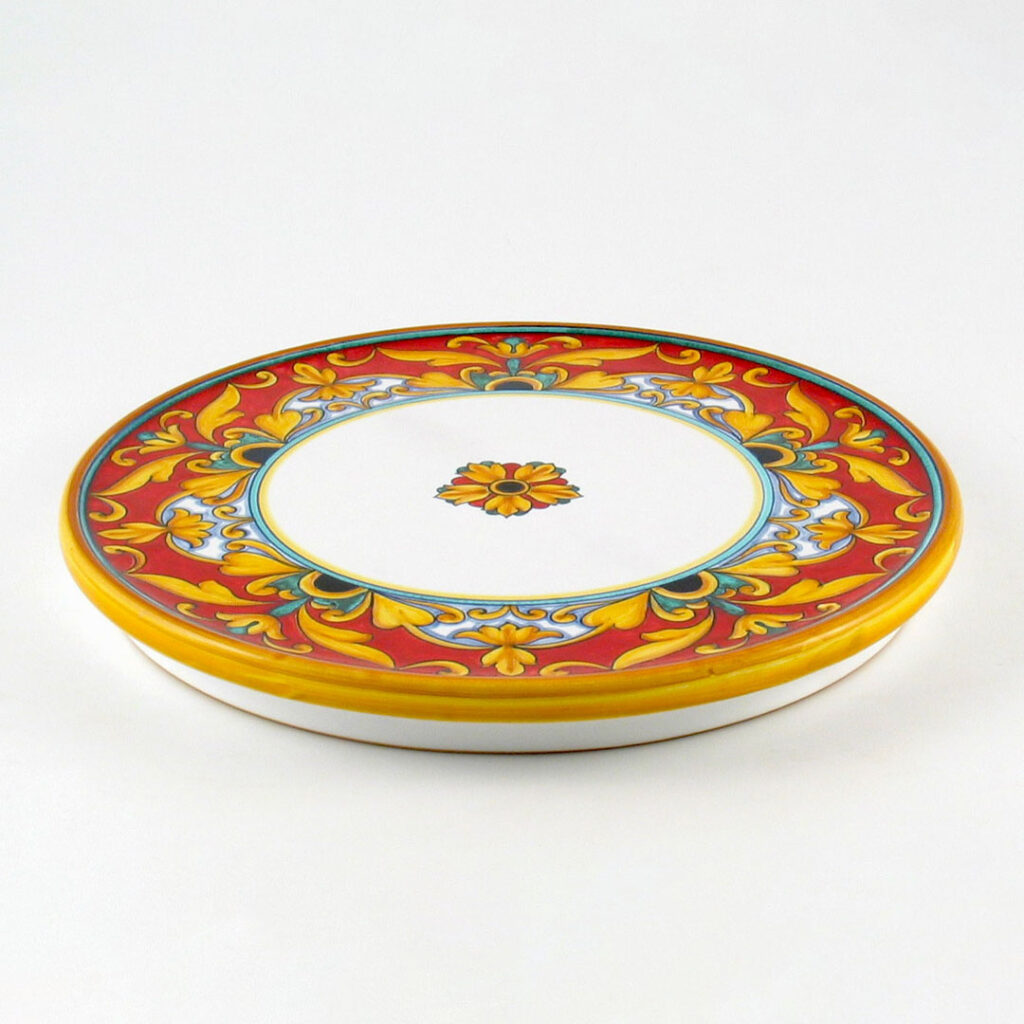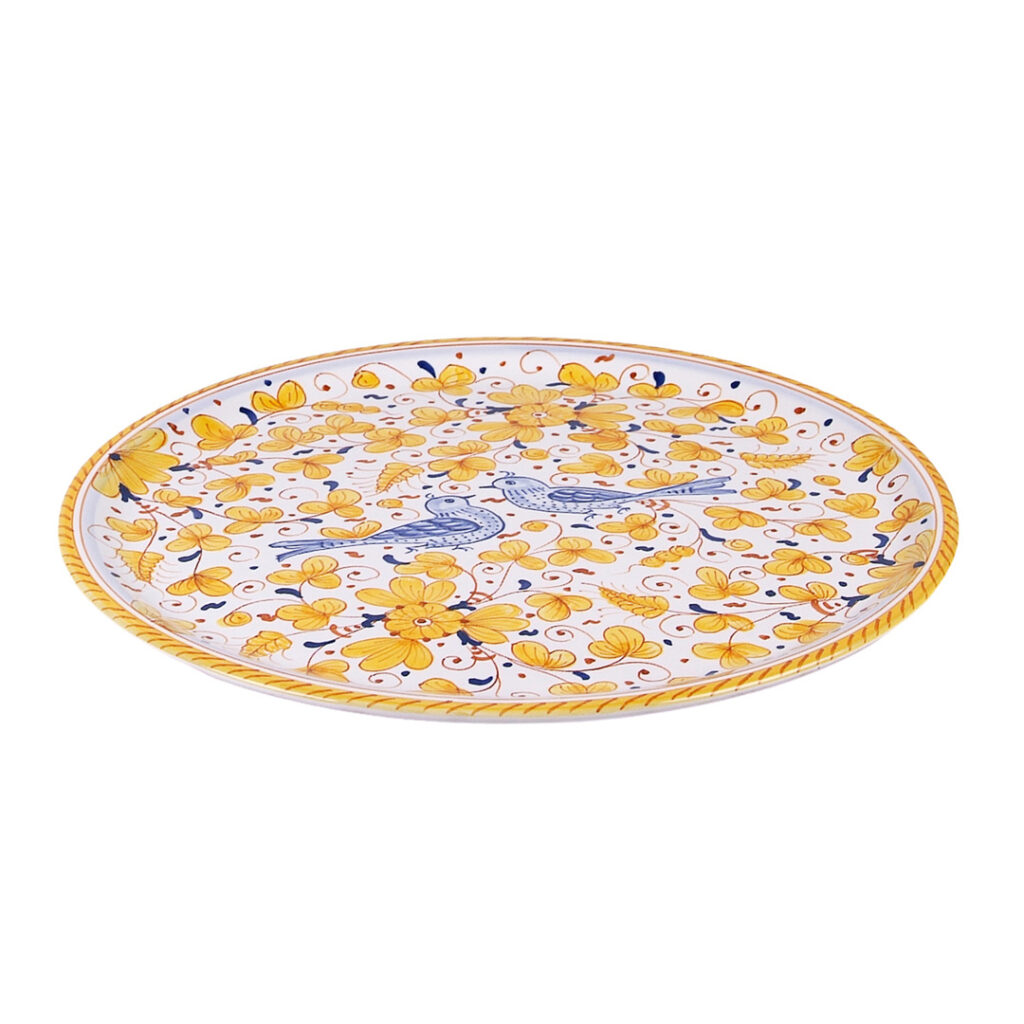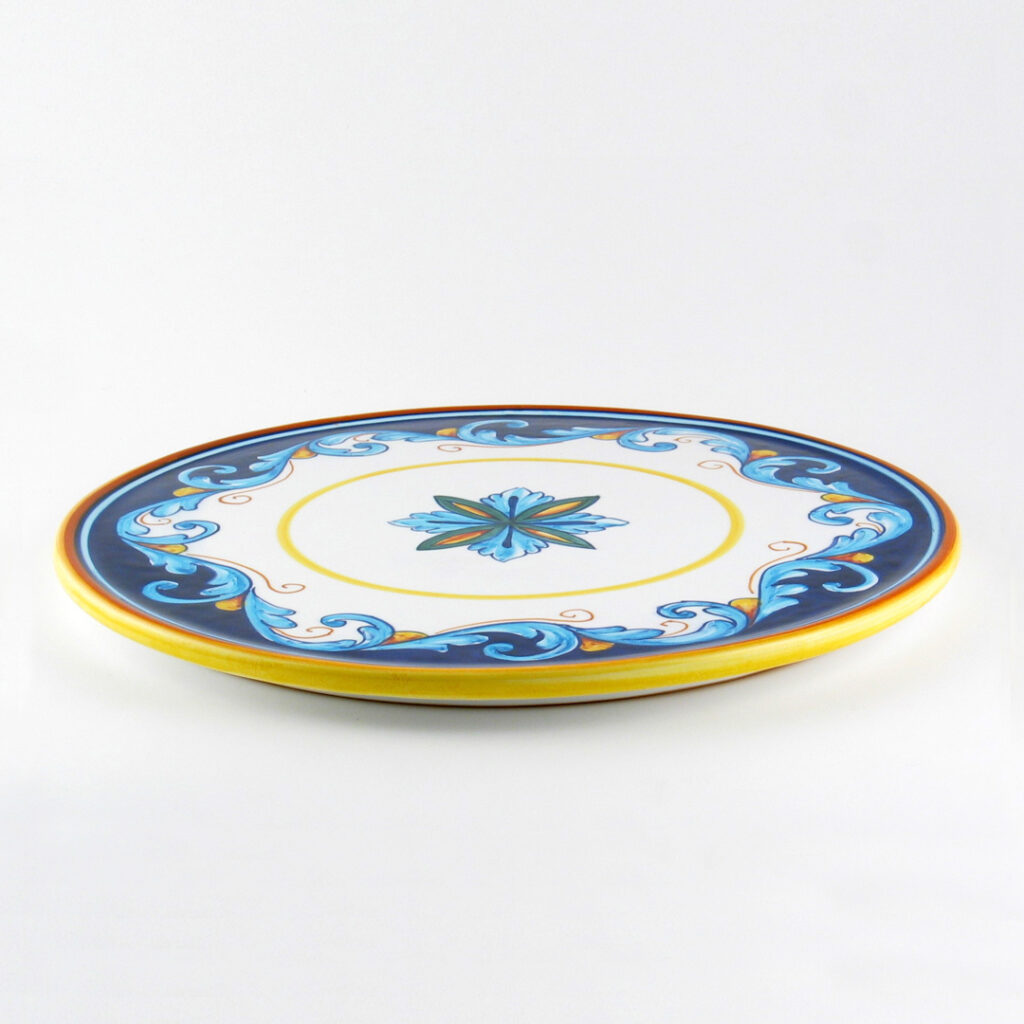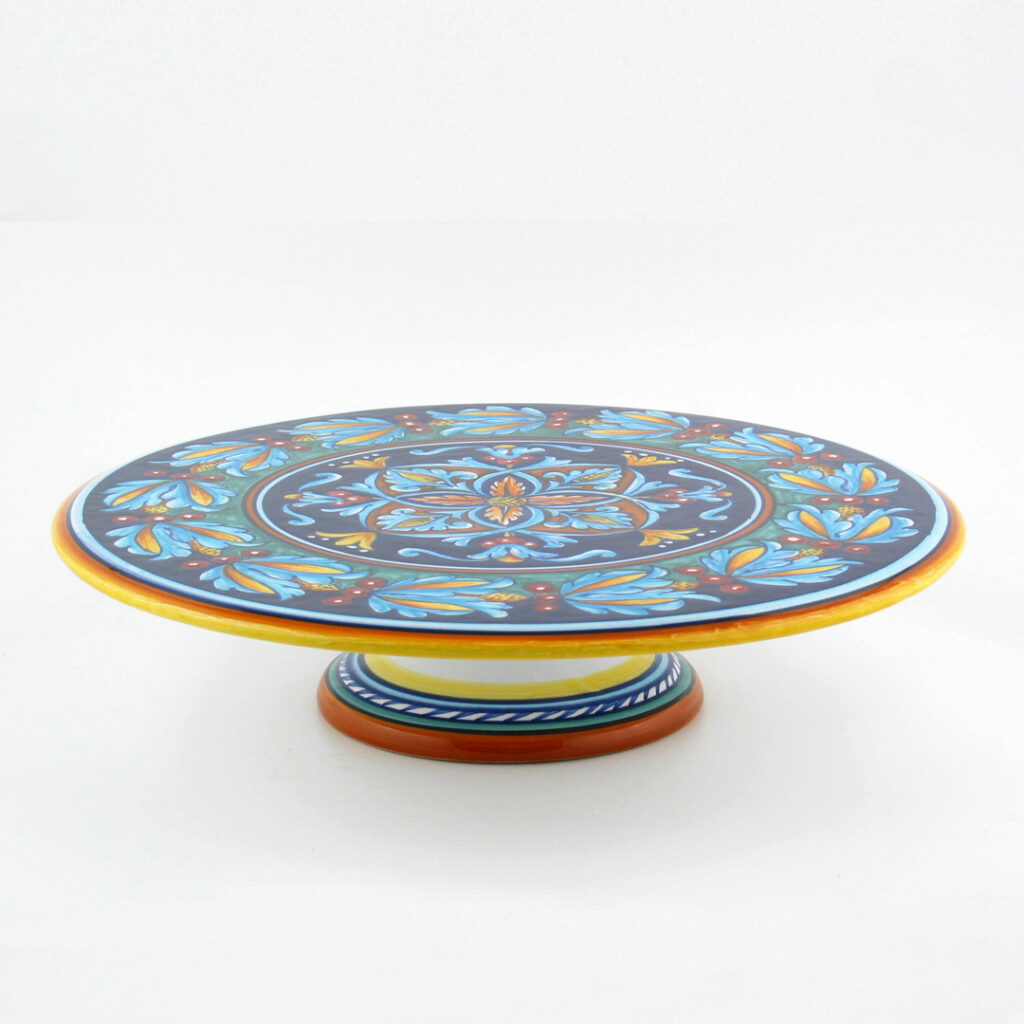Pandoro, a name closely associated with Italian Christmas traditions, is a beloved dessert that has won the hearts of millions around the world. Its unique shape, rich buttery flavor, and fine texture make it a quintessential holiday treat in Italy.
Deeply rooted in Italy’s cultural and festive traditions, Pandoro is strongly linked to craftsmanship, often paired with hand-painted Italian ceramic cake platters. Together, they represent centuries of tradition.
Just as the Pandoro recipe has been perfected over generations, Italian ceramic cake platters are frequently passed down through families, becoming heirlooms that connect generations through their shared enjoyment of Christmas and family celebrations.
The history of Pandoro is not just about its delicious taste but also about the cultural and historical context that gave birth to one of the most iconic pastries in the world.
The Origins of Pandoro
The origins of Pandoro can be traced back to Verona, a city in northern Italy. Verona has a long history of baking traditions, and it is here that the story of Pandoro begins. The name “pandoro” itself is quite revealing; “pan” means “bread” in Italian, while “oro” translates to “gold.” This golden bread reflects the rich, luxurious nature of the dessert.
One theory suggests that Pandoro originated as a variation of the Veronese cake “Nadalin,” a dessert baked in the shape of a star.
Another suggestion about the cake’s evolution points to the influence of Austrian baking techniques. In the late 19th century, during the time when Verona was part of the Austro-Hungarian Empire, Austrian bakers brought with them new culinary ideas, including methods of enriching dough with butter and egg yolks. This could have led to the creation of a much richer and softer cake than what had previously existed.
The Rise of Pandoro in the 19th century
The credit for establishing Pandoro as a Christmas delicacy belongs to Domenico Melegatti, a pastry chef from Verona. On October 14, 1894, Melegatti patented the recipe for a yeast-leavened cake with a light, fluffy texture, achieved through the careful layering of butter and dough.
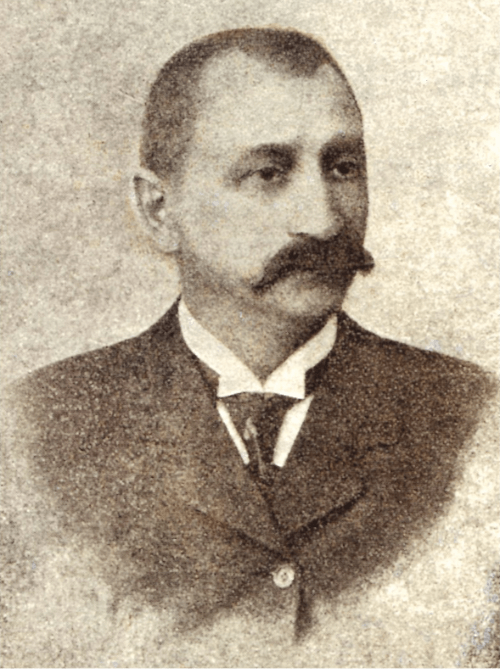
The pastry chef commissioned an impressionist painter, Angelo Dall’Oca Bianca, to create the mold for his Pandoro. Together, they imagined a design that could visually symbolize the warmth and joy of the holidays, drawing inspiration from the snow-covered mountains to evoke the serenity and purity of winter. The result was the original shape of Pandoro, a groundbreaking innovation in the pastry world that, in addition to being aesthetically pleasing, also allowed for an even distribution of heat during baking, ensuring a soft and consistent texture.

Melegatti’s innovation in perfecting the recipe and his pioneering idea of mass-producing Pandoro played a crucial role in transforming Pandoro from a regional treat into a nationally recognized symbol of Italian holiday cuisine.
The Melegatti company, which still exists today, continues to be a leading producer of Pandoro, and its name remains synonymous with the cake itself.
Pandoro vs. Panettone: The Rivalry
While Pandoro was gradually gaining popularity, another iconic Italian holiday cake was also making its mark: panettone. Hailing from Milan, Panettone is made with a yeast-leavened dough filled with dried fruits, candied peel, and nuts. It shares the holiday spotlight with Pandoro, but the two cakes are distinctly different in their flavor and texture.
To Italians, the rivalry between Pandoro and Panettone is just an excuse to enjoy them side by side during the Holiday season. Each cake has its own loyal following, leading to passionate debates around the Christmas table.
Today, Pandoro is enjoyed not only in Italy but across the globe, wherever Italian communities have established themselves. The cake is often dusted with powdered sugar, adding to its festive appearance, and is typically served in large slices, either plain or with a variety of fillings, such as chocolate spreads, mascarpone cream, or zabaglione, an Italian custard made with egg yolks, Pandoro and wine.
Pandoro is also a symbol of Italian craftsmanship and tradition. In recent years, artisanal bakers have returned to older, more traditional methods of making Pandoro, Pandoroatural yeasts and ingredients sourced locally to recreate the flavors of the past. These artisanal Pandori are often made with meticulous attention to detail, giving them a rich, authentic taste that rivals any mass-produced version.
The Cultural Significance of Pandoro
Pandoro’s importance transcends its role as a simple dessert; it is a symbol of Italian culture, family, and celebration. It is not just a cake—it is a part of the holiday ritual.
In Italy, Pandoro is traditionally shared among family and friends, and it is often the centerpiece of the Christmas dinner table. Its soft, airy texture and golden color evoke feelings of warmth and togetherness, embodying the spirit of the holiday season.
As a timeless symbol of Italian craftsmanship, Pandoro is best served on a hand-painted round platter.
Enjoy it with a cup of coffee, tea or a glass of wine together with your friends and family to share the joy of the holiday season.


